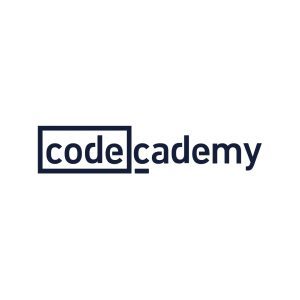Predictive Analytics using Networked Data in R
Learn to predict labels of nodes in networks using network learning and by extracting descriptive features from the network
In this course, you will learn to perform state-of-the art predictive analytics using networked data in R. The aim of network analytics is to predict to which class a network node belongs, such as churner or not, fraudster or not, defaulter or not, etc. To accomplish this, we discuss how to leverage information from the network and its underlying structure in a predictive way. More specifically, we introduce the idea of featurization such that network features can be added to non-network features as such boosting the performance of any resulting analytical model. In this course, you will use the igraph package to generate and label a network of customers in a churn setting and learn about the foundations of network learning. Then, you will learn about homophily, dyadicity and heterophilicty, and how these can be used to get key exploratory insights in your network. Next, you will use the functionality of the igraph package to compute various network features to calculate both node-centric as well as neighbor based network features. Furthermore, you will use the Google PageRank algorithm to compute network features and empirically validate their predictive power. Finally, we teach you how to generate a flat dataset from the network and analyze it using logistic regression and random forests.










There are no reviews yet.